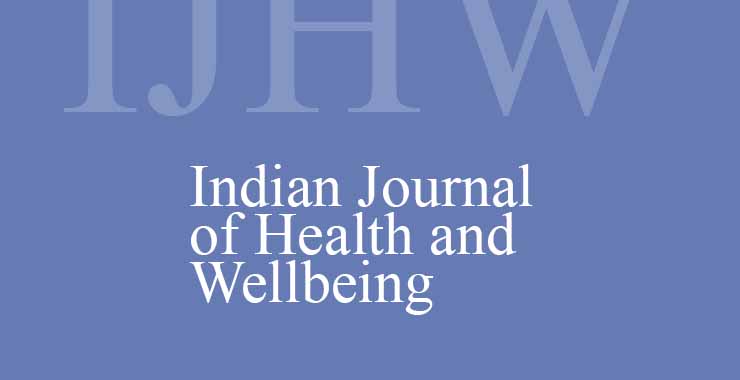Assessing the Relationship between Anxiety and Motor Function using Jenga: An Observational Study
Original price was: ₹ 201.00.₹ 200.00Current price is: ₹ 200.00.
Page: 412-414
Vaidehi Patel, Anup Kumar Panda, and Jina Jani (Department of Pediatric and Preventive Dentistry, College of Dental Sciences and Research Center, Bopal, Ahmedabad, Gujarat)
Description
Page: 412-414
Vaidehi Patel, Anup Kumar Panda, and Jina Jani (Department of Pediatric and Preventive Dentistry, College of Dental Sciences and Research Center, Bopal, Ahmedabad, Gujarat)
Psychological distress is prevalent among medical and dental students, potentially impairing cognitive and motor functions. Manual dexterity and eye-hand coordination (EHC) are essential for clinical tasks, yet the impact of anxiety on these skills remains insufficiently explored. This study aims to investigate the relationship between anxiety, eye-hand coordination, and manual dexterity in both workplace and non-workplace settings. A cross-sectional study was conducted on 18 pediatric dental residents (aged 23-30 years) with normal or corrected vision. Anxiety levels were assessed using the Hamilton Anxiety Rating Scale (HAM-A), while EHC was evaluated through a Jenga-based motor task. Participants were tested both inside and outside the workplace. Statistical analyses were performed to determine the correlation between anxiety and EHC scores. A significant negative correlation was observed between anxiety levels and EHC scores (p < 0.05). Higher anxiety levels were associated with decreased coordination, with a more pronounced effect observed in workplace settings. Pairwise comparisons demonstrated significant differences in EHC scores across varying anxiety levels. Anxiety adversely affects eye-hand coordination, particularly in high-stress environments. Given the critical role of fine motor skills in clinical practice, targeted stress management strategies should be incorporated into medical and dental training programs. Further research is warranted to develop interventions that mitigate the impact of anxiety on motor performance and decision-making.

